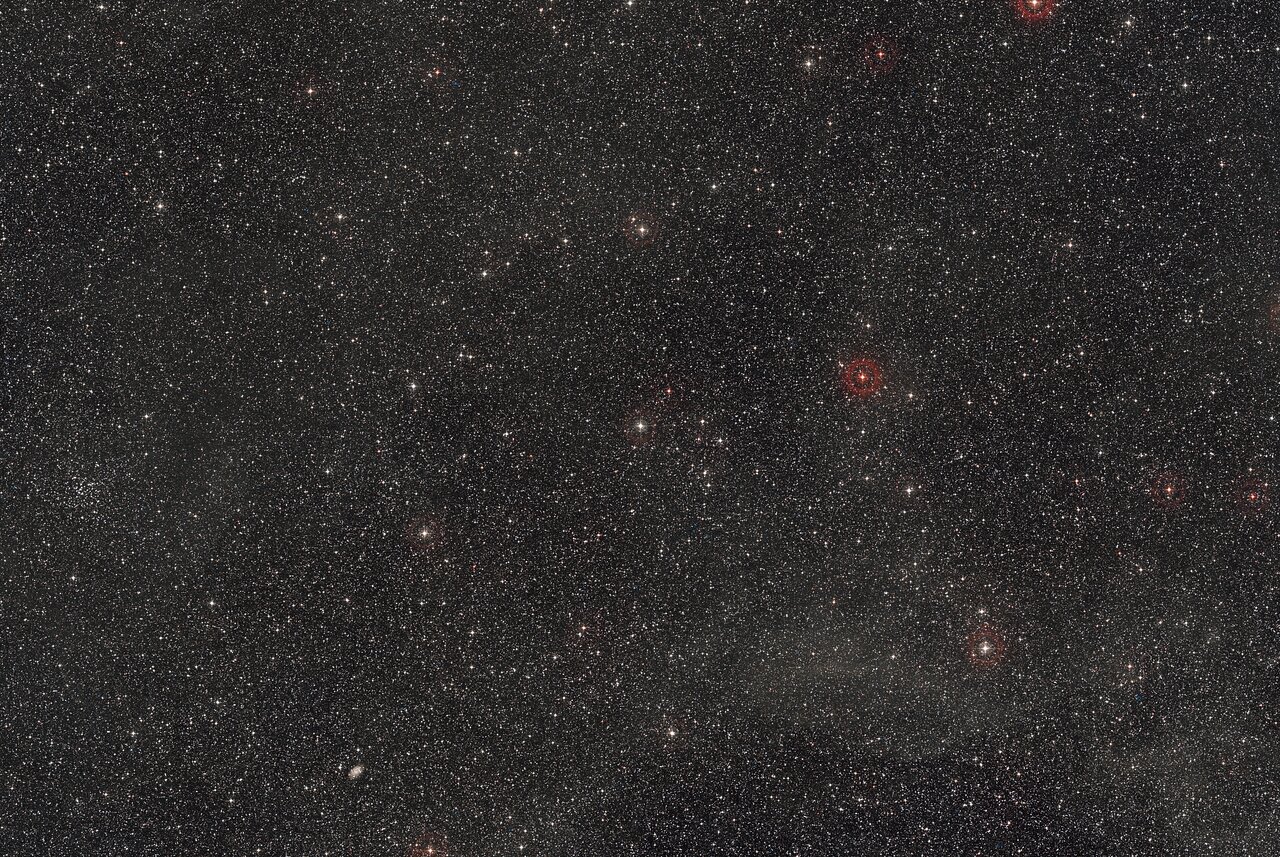The dramatic end of a starry couple
The death fight between two stars has been captured in pictures by astronomers with the Atacama Large Millimeter/Submillimeter Array (ALMA). The gas cloud, which appears to consist of multiple rings, is the remains of the binary star system HD101584. “A nearby low-mass companion star was engulfed by the giant,” explains Hans Olofsson of the Chalmers University of Technology, Sweden, who is the lead author of a study on this object, now published in the journal, Astronomy & Astrophysics.
The ALMA image shows vividly what happened during this confrontation, described in a press release from the European Southern Observatory (ESO), which is a partner of ALMA: “As the main star puffed up into a red giant, it grew large enough to swallow its lower-mass partner. In response, the smaller star spiraled in toward the giant’s core, but didn’t collide with it. Rather, this maneuver triggered the larger star into an outburst, leaving its gas layers dramatically scattered and its core exposed.
The team says the complex structure of the gas in the HD101584 nebula is due to the smaller star’s spiraling toward the red giant, as well as to the jets of gas that formed in this process. As a deadly blow to the already defeated gas layers, these jets blasted through the previously ejected material, forming the rings of gas and the bright bluish and reddish blobs seen in the nebula.”
Our Sun will also transform into a red giant in the distant future. Of course, it doesn’t have a companion, but the imaged duel will nevertheless help to better understand the final evolution of stars like the Sun. “Currently, we can describe the death processes common to many sun-like stars, but we cannot explain why or exactly how they happen. HD101584 gives us important clues to solve this puzzle since it is currently in a short transitional phase between better studied evolutionary stages. With detailed images of the environment of HD101584, we can make the connection between the giant star it was before, and the stellar remnant it will soon become,” says co-author Sofia Ramstedt of the University of Uppsala, Sweden.

